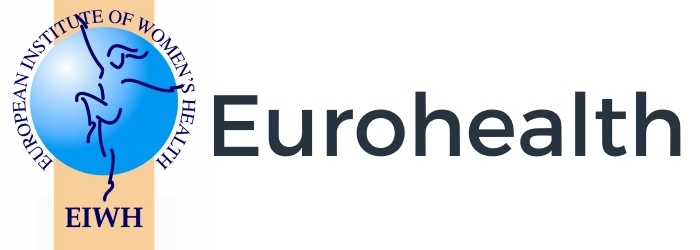Gender dimension of trafficking in people
This study contributes to the identification and understanding of what is meant by:
‘taking into account the gender perspective, to strengthen the prevention of this crime and protection of the victims thereof’, as required in
Article 1 of European Union (EU Directive 2011/36/EU on Preventing and Combating Trafficking in Human Beings and Protecting its Victims in the context of the EU Strategy (COM(2012) 286 final) Towards the eradication of Trafficking in Human Beings.
The study contributes to Priority E Action 2 of the Strategy, which states that ‘the Commission will develop knowledge on the gender dimensions of human trafficking, including the gender
Consequences of the various forms of trafficking and potential differences in the vulnerability of men and women to victimisation and its impact on them’. Its specific objectives and tasks are to address:
- gender dimension of vulnerability, recruitment, and victimisation
- gender issues related to traffickers and to those creating demand
- an examination of law and policy responses on trafficking in human beings from a gender perspective
The study looks specifically at the gender dimension of trafficking for purposes of sexual exploitation and follows statistical data evidence from
- Eurostat, and data from
- The European Police Office (Europol) and
- United Nations Office on Drugs and Crime (UNODC),
which sayss the most reported form of exploitation is sexual exploitation and its strong gender dimension (96 % women and girls).
….. more EU policy about trafficking
